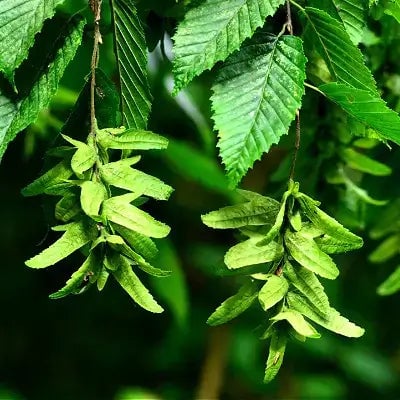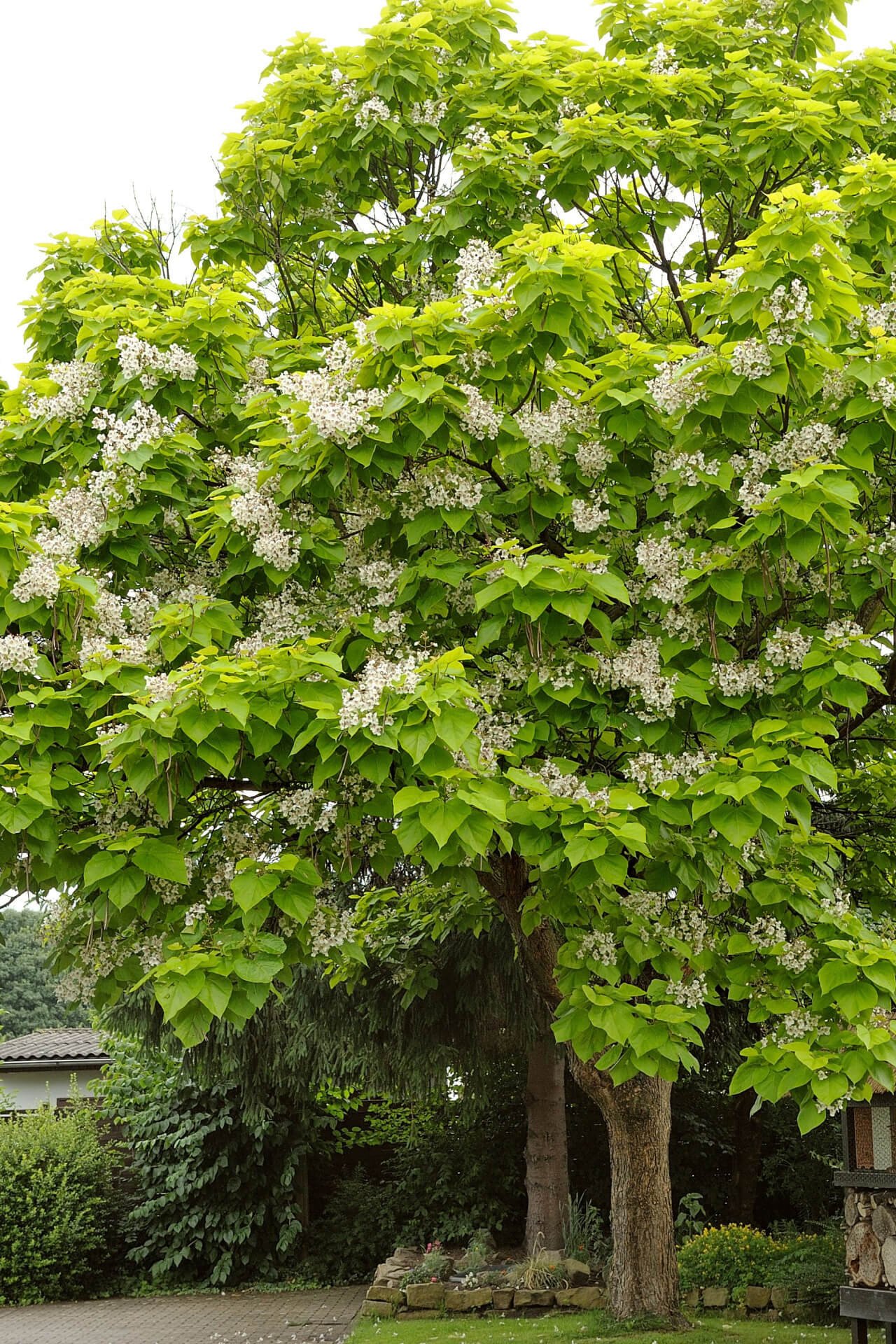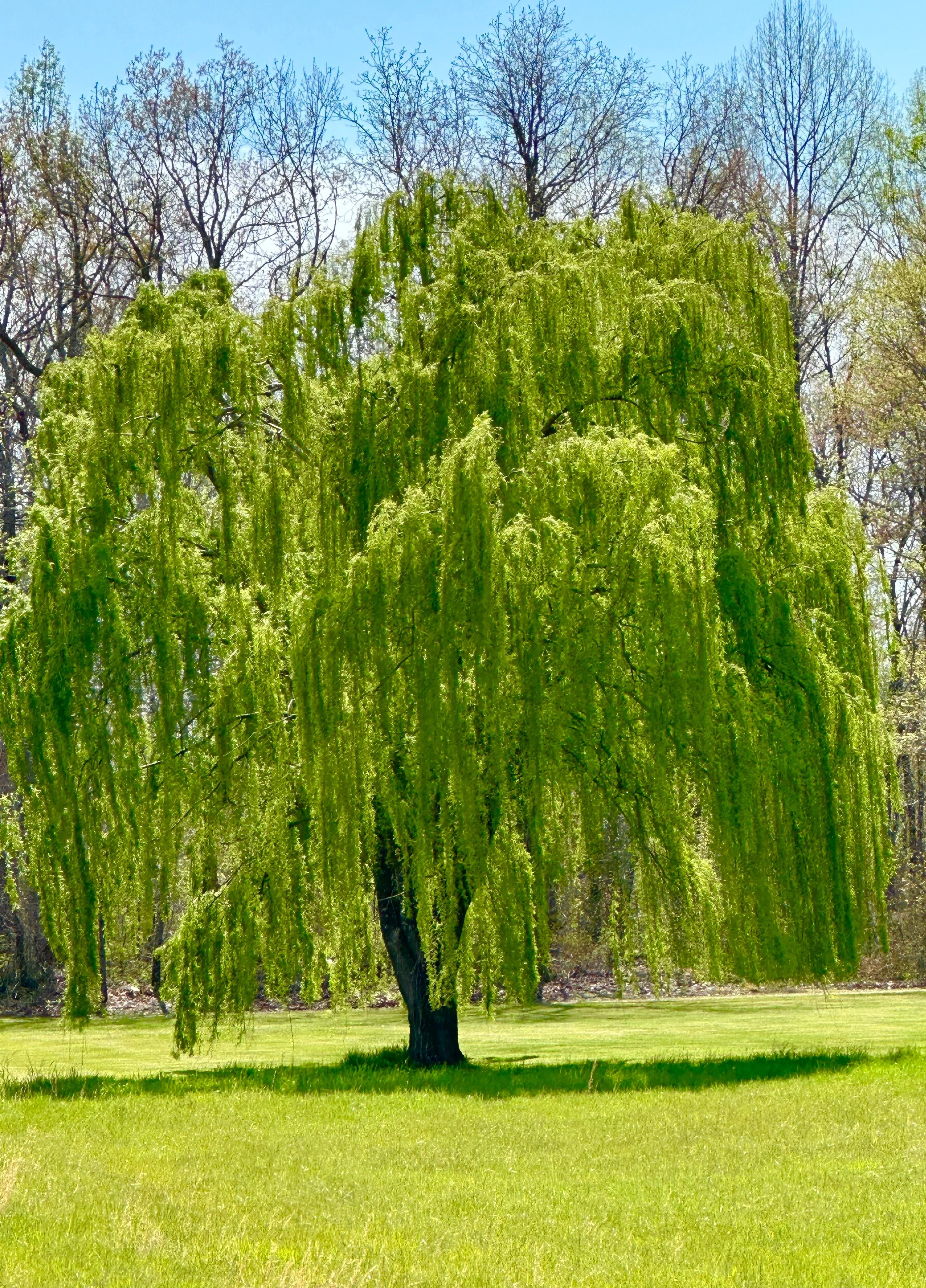A hornbeam tree is a deciduous tree belonging to the genus Carpinus. It is native to parts of Europe and Asia but can also be found in North America and other parts of the world. The tree grows between 20 and 40 feet tall and has a spread of between 20 and 30 feet.
How Do You Take Care Of Hornbeam Trees?
They need plenty of water during the growing season but only a little fertilizer. When planting, dig a hole two times wider than the root ball and deep enough to accommodate the roots. For the established tree, trim it back by one-third to reduce stress on the plant.
How Much Sunlight Can Hornbeam Trees Take?
They prefer partial shade to full sun. That's at least six hours of sunlight per day.
Do Hornbeam Trees Back Up Every Year?
Yes. They are deciduous. They lose leaves in the fall and regrow them in the spring.
What Does A Hornbeam Tree Look Like
Hornbeams are known for their beautiful smooth bark. They are also known for their tiny leaves, which are oval-shaped and slightly serrated. The leaves turn yellow in the fall before falling off of the tree.
Where Can Hornbeam Tree Grow?
Hornbeam trees grow well in acidic and neutral soil, with a pH of 4.0 to 7.4. They prefer light and well-draining soil, but they can also tolerate heavy clay soils.
What Are The Environments In Which Hornbeam Trees
Grow?
Hornbeam trees are best suited for USDA zones 3 to 9. Their environment needs to have a lot of sun, as well as well-drained soil and air. They can also tolerate drought conditions.
Are Hornbeam Trees Toxic?
No. Hornbeam trees are not toxic to humans, pets, or wildlife.
How Do You Grow A Hornbeam Tree
The soil should be moist but well-drained and acidic. The tree will grow best if you plant it in a spot with plenty of space to spread out.
How Do You Care For Hornbeam Trees?
Prune in the early spring or late fall. Remove diseased or damaged branches from the hornbeam tree.
How Did Hornbeam Trees Get Their Name?
Hornbeam trees get their name from the hardness of their timber. That's why they're known as ironwood.
The Hornbeam Tree Is A Great Tree To Add To Any Landscape As It's A Medium Size And Resistant To Most Pests And Diseases
Read more
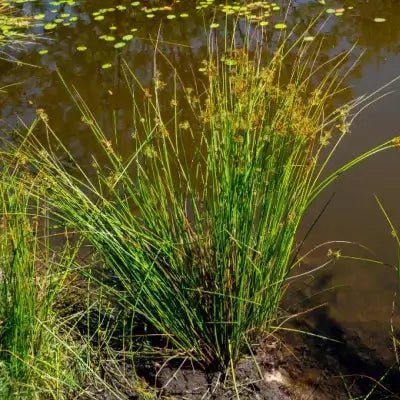
A soft rush is a type of grass with a medium to soft texture. It can be used for lawns and gardens and does not require much maintenance. This grass type is called Soft Rush Grass or Soft Rush Rushes.
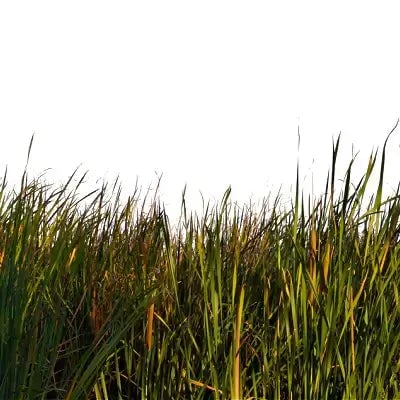
Wool grass is a perennial sedge that grows in damp areas. It has narrow leaves that are up to 4 inches long. The leaf blades are flat and grow in tufts around the base of the plant. The stems are s...
Family Owned and run with pride
Nestled in the heart of Middle Tennessee, TN Nursery is a proud family-owned business rooted in tradition, quality, and a deep love for plants. For generations, we’ve been dedicated to providing exceptional service and building lasting personal connections with gardeners, landscapers, and nature enthusiasts across the country. Our mission is to make planting and gardening more accessible, enjoyable, and rewarding—whether you’re a seasoned horticulturist or just starting your first flower bed.
We specialize in expertly grown native plants, perennials, shrubs, trees, and ferns that thrive in a variety of climates. Every plant we offer is carefully nurtured on our farm to ensure strong root systems, healthy growth, and long-term success in your landscape. From vibrant evergreens to colorful blooms and ground covers, we offer an expansive selection to help you create the outdoor space of your dreams.
At TN Nursery, we believe in more than just selling plants—we’re here to help you transform your garden into a place of beauty, sustainability, and joy. Our knowledgeable team is always available to answer questions, offer guidance, and share tips to ensure your planting experience is a success. Join our growing family of happy customers and let us help you bring your garden vision to life.


